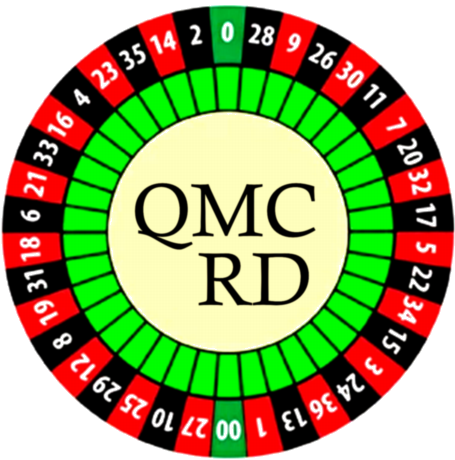
Location: Rome, Italy |
With advances in algorithms and growing computing power, quantum Monte Carlo (QMC) methods have become a powerful tool for the description of a variety of quantum fluids and a viable alternative for high-accuracy calculations of the electronic structure of many atoms, molecules and solids. They are, however, at a less mature stage than today’s ready-for-use quantum-chemistry or density-functional packages: while the production of results on a variety of quantum many-body systems has been going on for at least three decades, a significant effort is still devoted to research and development of methods and algorithms, including real-time dynamics, super-accurate optimization strategies for trial wavefunctions and molecular structures, inputs for the density functional theory of van der Waals forces, and eventually neural networks which at least for small molecular systems seem to improve the accuracy of variational quantum Monte Carlo to the point where it outperforms other ab-initio quantum chemistry methods.
